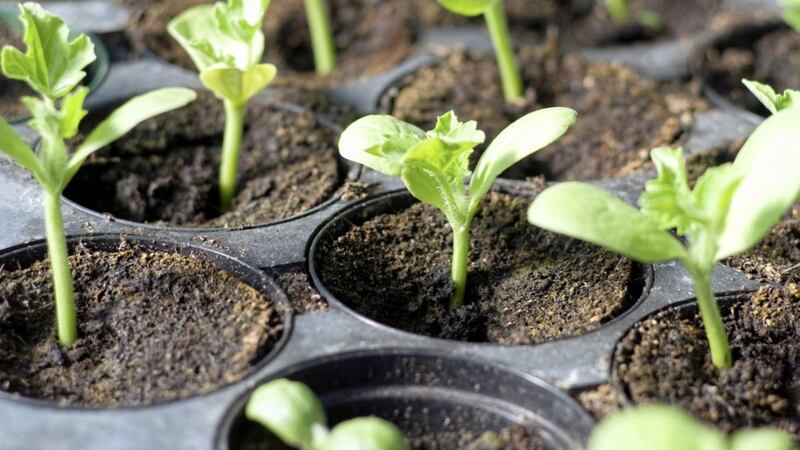:: Grow something from seed
You can’t really call yourself a gardener until you’ve raised something from seed. For beginners there’s two options, the simplest being to take a packet of hardy annual seeds, such as poppies, or biennials like foxglove, and sow them directly on to the soil. You’ll need to keep the young seedlings well watered and ensure the area around is free of weeds. Veg such as lettuce, beetroot and radishes demand a similar regime, thought the soil needs to be well prepared and fertile. If you’ve got a sunny window sill, raising something indoors has a greater success rate, particularly for novices. Good crops to begin with are French marigolds for the ornamental garden and leeks for the vegetable patch.
:: Plant a tree
People with smaller gardens are often frightened by trees, regarding them as triffid-like monsters that’ll rob all the light from their space. If you choose a leylandii or similar evergreen and plant it in the wrong spot, this will indeed be the case; however, trees come in all shapes and sizes – and there’s bound to be one out there that suits your needs. Give this decision some consideration because short of digging the tree up, you’ll be stuck with it for some years to come. Acers (Japanese maple) are an attractive small tree that’s ideal for a sheltered spot, while rowan (mountain ash) is another small-to-medium favourite.
:: Plant a climber
Climbers can be both functional and funky, so if you haven’t woken up to their many pleasures, it’s time to grow up. With such a massive variety of foliage, colour, texture, scents and blooms on offer there really is no excuse for not thinking vertically. A handful of healthy climbers will add a new dimension to your garden, while simultaneously softening hard surfaces or hiding unsightly features. For pure floriferousness, it’s hard to beat the ever-popular clematis, and with hundreds of cultivars to choose from, there’s something out there for everyone – and for most months of the year. Virginia creeper is a class act that shines in the early autumn, while ones to be wary of are ivy and Russian vine.
:: Plant up a container
For some unfortunate souls, such as apartment dwellers, container gardening is the only option. However, this doesn’t mean it should be neglected by those with acres of space. Using containers means you can put plants in places that they otherwise wouldn’t go, such as right beside the front and back door, or on the decking. Some plants take to being incarcerated better than others and, as a rule, annuals tolerate a container better than their perennial counterparts. Don’t be constrained in your planting scheme and think outside the typical bedding and dwarf-evergreen box. Also be adventurous with your choice of container and don’t be afraid to improvise with the likes of an old Belfast sink or a discarded fish box.
:: Compost
Seasoned gardeners know the value of good soil and how this is achieved over time with care and consideration. The best and cheapest way of improving the earth in your garden is with home-made compost, which helps both texture and fertility. If you have the space, make a big heap and feed it with everything from teabags to nettle leaves and stalks. If space is limited, use a compost bin and ensure you add something that will accelerate the composting process.








